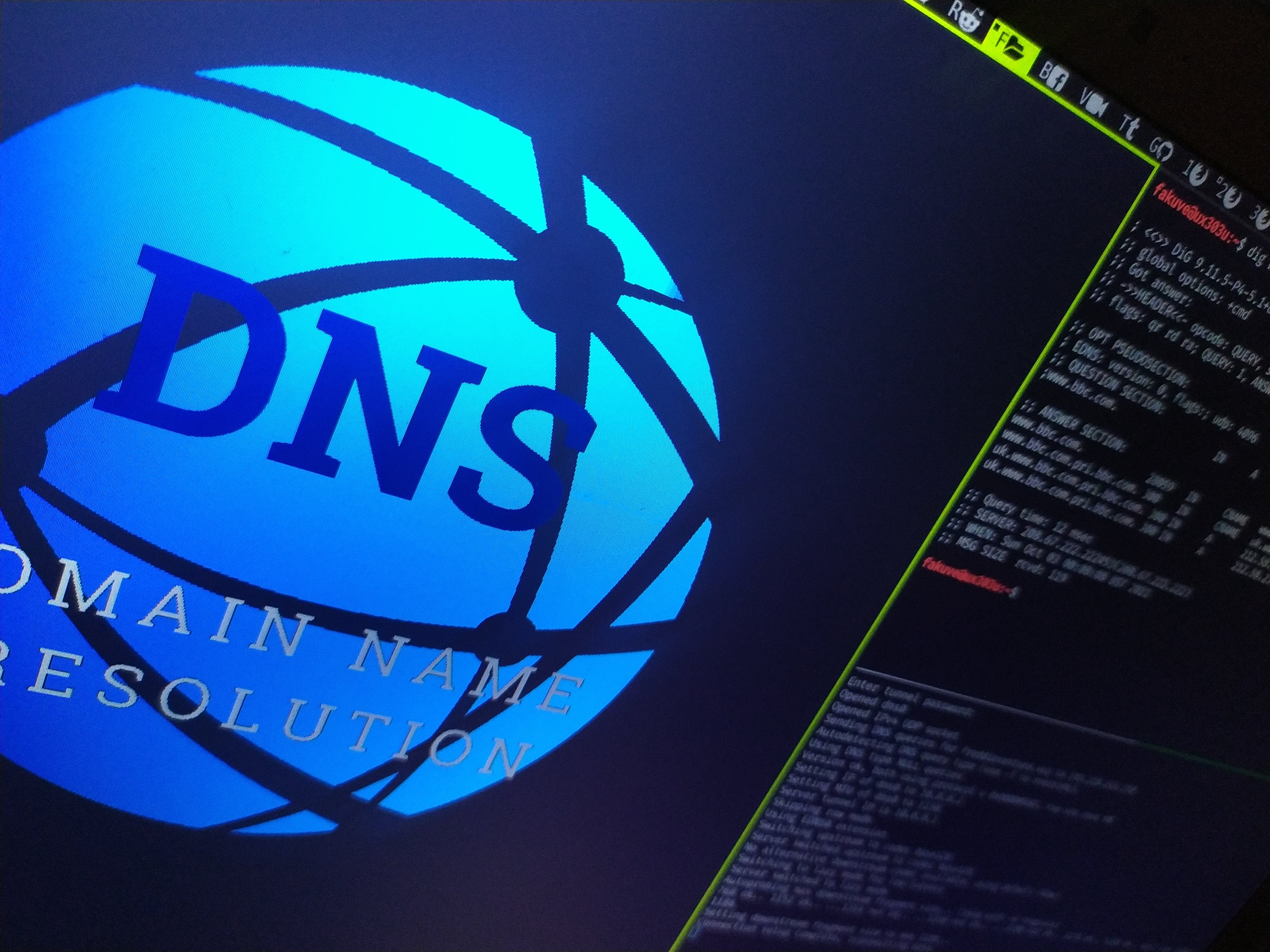Bypassing a captive portal with iodine
This is just a quick guide to follow with the tutorial of the following video. After completing it you will be able to get access to internet in a retricted Access Point which requires of authentication via Captive Portal Note: that the following procedure if done in a public Network with no consentment of the Administrators is ilegal in many countries, so either get consentment to do it or try it in your own environment. The objective of these tutorials is always educative, being aware of the weaknesses of the system will make you capable of providing safer environments to your customers, organization or household
Requirements: - Linux (or any other major OS) - VPS - Purchased Domain Name (1 Pound a year in namecheap ) - iodine - Medium knowledge of Networking environments.
Iodine in a nutshell
Iodine is a tool that allow us to create DNS Tunnels across networks, these DNS Tunnels create a virtual link in between the Host and your VPS by establishing Virtual NIC in each side of the connection. This connection uses the DNS protocol Domain Name System in a unconventional way to transfer data through it.
As many of the Restricted Networks don’t block the communications on UDP 53 , (because of the very nature of this protocol or the DNS Redirection the cannot) we will be able to get access to the internet despite having authanticated on the Captive Portal.
Becaue of the way the data is been transfered the main caveat is that the connection bandwidth is really reduced, as well as the latency is quite high, so it’s practical usage is really restricted.
Tutorial
First and obvious disclaimer , you need to have full internet access first in order to make the arrangements, don’t intend to make magic.
1st) Purchase a domain in a domain registar
https://www.namecheap.com/
yourdomainname.xyz (1.18 Dollars a Year first year)
2nd) Add the DNS records
> You Account > Dashboard > Domain List > Manage > Advanced DNS > Add record
Add 2 records:
- A record : dnsa.yourdomainname.xyz → your VPS IP address
- NS record : t.yourdomainname.xyz → dnsa.yourdomainname.xyz
Wait for it propagate (1h to 24h)
3th) Install iodine in both sever and client
Both in Server and client do
sudo apt install zlib1g-dev
git clone https://github.com/yarrick/iodine
cd iodine
sudo make
sudo make install
Only on Server allow the UDP Protocol in through the firewall
sudo ufw allow in from any to any port 53
4th) Leave the server listening
Server side Note: it will prompt you for a password, set up a password Note2: Remember to run it via tmux session so the daemon persist when you disconnect from your server, if not you can do a systemd unit for it
sudo /usr/local/sbin/iodined -f 10.0.0.1 yourdomainname.xyz
5th) Establish the connection with the Client
Once the previous steps were done you already have the insfrastructure ready to go to this restricted environment and attempt the operation You should connect to that restricted AP , and check that in the Browser it will prompt you to go to the captive portal. Use iodine instead
You can ping any host in the internet , (as long as you know in advanced they are pineable) , and check that you don’t get reply, althoug the domain name has been resolved into ip
ping bbc.com
dig bbc.com
If you are not able to ping, but you are able to resolve the domain names then you are good to go.
sudo iodine -f -r $yourVpsIp yourdomainname.xyz
It should output connection established in both sides of the link. See if there are any new NIC
ip addr
You should see one named dns0
Note: Next step 5 have two Alternatives, either follow one of them
5th) Alternative A) Routing traffic through the tunnel
We need to change the Default Gateway which is established to be the one of the Network, you need to use that route only for the DNS tunnel specifically (so to your VPS) , the rest is gonna go through the DNS tunnel link connection established
sudo ip route add $yourVpsIp via $networkDefaultGatewayIp dev $yourWanNicName
## in my case
## sudo ip route add 192.100.200.45 via 10.100.96.1 dev wlp1s0
sudo ip route del default via 10.0.0.1 dev dns0
You should now be able to ping any outside domain
ping bbc.com
Pacience it will be slow, you can use the browser but it will take some time to load a fully featured website.
5th) Alternative B) Setting up a SOCKS proxy through the tunnel
In case you don’t want to be fiddeling with the routes you can simply set up a socks proxy such as from the client
ssh -D 9050 $yourVPSIp
ssh -D 9050 192.100.200.45
Then use proxychains or set up the browser accordingly to SOCKS v5 proxy 127.0.0.1 Port 9050
Thumbs up to the developers who did iodine for making us aware of such a vulnerability.
See you in the next tutorials.
